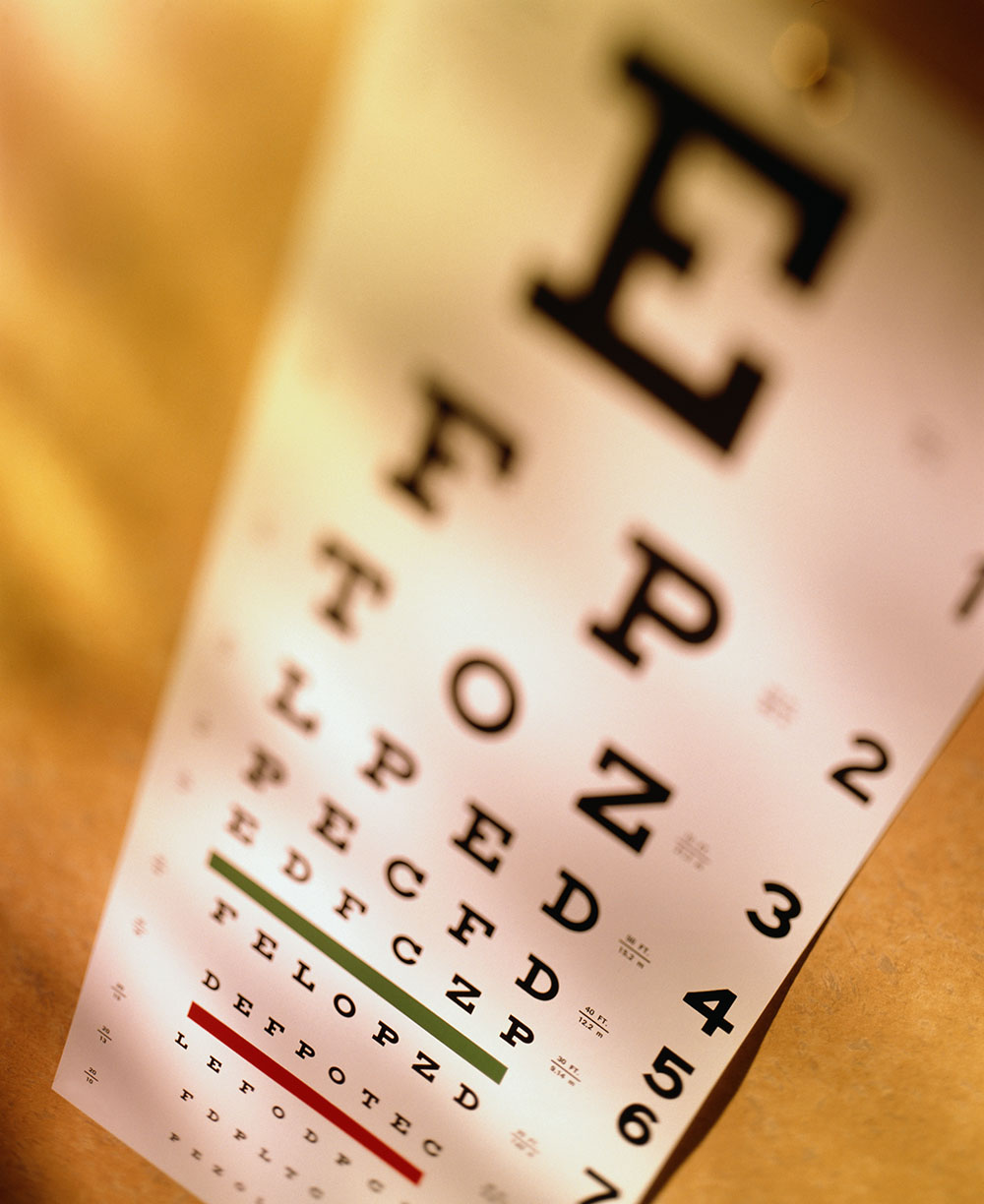A visual acuity test is a common part of your regular eye exam. It’s a quick, easy way for your eye care specialist to check your vision. It’s the first step in diagnosing common refractive errors. You might need glasses or contacts, or your provider might adjust your prescription if you already wear corrective lenses.
Advertisement
Cleveland Clinic is a non-profit academic medical center. Advertising on our site helps support our mission. We do not endorse non-Cleveland Clinic products or services. Policy

A visual acuity test checks your vision. Visual acuity is the medical term for your eyesight and how well you can see. You’ve had a visual acuity test if you’ve ever looked at a wall chart of letters or symbols during an eye exam.
Advertisement
Cleveland Clinic is a non-profit academic medical center. Advertising on our site helps support our mission. We do not endorse non-Cleveland Clinic products or services. Policy
An eye doctor will check your ability to see and recognize shapes and details. It’s the quickest way to see if your vision has changed over time. It can be the first step to diagnosing the four most common types of refractive errors, including:
Your eye care specialist may also use a visual acuity test to help diagnose color blindness.
The Snellen eye test chart is probably what you’re picturing if you think of a vision test. It’s a wall chart with rows of letters printed on it. The letters are big at the top, and each row gets smaller the farther down on the chart you look. Your eye care specialist will ask you to read rows until you can’t make out the letters. Some eye care specialists use Snellen charts projected on a wall or displayed on a screen.
Other types of visual acuity tests include:
Advertisement
Most visual acuity tests follow these steps:
It’s OK to guess at the letters or symbols as they get smaller or harder to read. But make sure you tell your eye care specialist when the chart looks fuzzy. Don’t squint or strain your eye to see. The point of a visual acuity test is to check your current vision, so don’t worry about “failing.”
Your eye doctor might perform a visual acuity test a few times if you already have a prescription for eyeglasses or contacts. They’ll check your vision while you’re not wearing your corrective lenses (your uncorrected vision) and with them (your corrected vision).
After the visual acuity test, your eye care specialist will finish your eye exam. You might need other tests like a slit lamp exam to check for other eye conditions.
The results of your visual acuity test will be a fraction that represents your uncorrected vision.
You’ve probably heard of the most famous expression of vision — 20/20 vision. It means you can see an object that is 20 feet away clearly. Most people don’t have 20/20 vision without some correction.
Your eye care specialist will tell you what you’ll need to correct your vision after the test. The most common way to correct your vision is to wear glasses or contacts. If you already have a prescription, your provider might adjust it to match any changes they found.
There’s a good chance you’ve had a visual acuity test before without even knowing what it is. No matter the kind your eye care specialist uses, make sure to be honest about how much you can or can’t see. It doesn’t mean you’re failing or bad at the test, even if someone with poor vision taking a visual acuity test is a common joke in movies and on TV. Getting the help you need to correct your vision can make you feel better, more comfortable and safer.
Advertisement
Getting an annual eye exam at Cleveland Clinic can help you catch vision problems early and keep your eyes healthy for years to come.

Last reviewed on 06/29/2025.
Learn more about the Health Library and our editorial process.